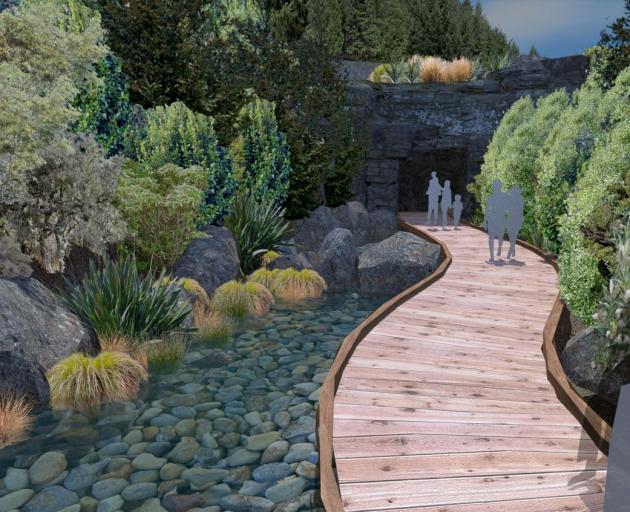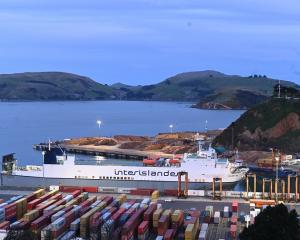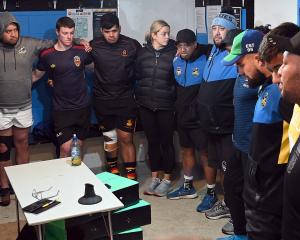
Topher Richwhite and Bridget Thackwray applied to the Queenstown Lakes District Council through their company, Faraway Entertainment, last year to establish and operate Queenstown’s Sustainable Glowworm Eco-Cave Project (Eco-Cave), including live glowworms, on a 119ha site off Gorge Rd, opposite the Queenstown Community Gardens.
The pair made headlines in 2022 when the government helped get them out of Iran where they were detained for four months after entering the country as part of a world tour in a van, which they were documenting for their hundreds of thousands of followers on Instagram.
The Queenstown glowworm cave site is within an outstanding natural landscape area.
Included with the publicly notified consent application is a two-lot subdivision, to enable a 7072sq m allotment to contain the proposed glowworm cave and ancillary buildings — the balance of the land would be retained in its current state.
According to the consent application, the couple had been working with the University of Waikato and international entomologists to find a solution to human threats facing the native New Zealand glowworm and its natural ecosystem since 2020.
That led to the formation of the Eco-Cave concept which would allow domestic and international visitors to have an intimate encounter with what would become the world’s largest living glowworm colony.
"The conservation narrative throughout the Eco-Cave experience will emphasise the importance of nurturing New Zealand’s delicate natural landscapes and ecosystems, thereby cementing New Zealand’s efforts to become a global leader in sustainable tourism," the application said.
Earthworks were proposed to sculpt the land to accommodate proposed buildings, including three small huts for ticketing and bathrooms, landscaping, carparking, infrastructure servicing and to provide access between the carpark and the Eco-Cave.
A boardwalk pathway would take visitors through native planting and schist boulders to the rock cave entrance, which had been designed by people who worked on The Lord of The Rings and The Hobbit film sets.
It was proposed to open from 9am to 10pm seven days a week — the visitor experience within the Eco-Cave would be between 20 and 25 minutes, with maximum capacity in the cave of 100 people at a time, allowing for about 1200 visitors per day in peak season.
Visitors could either take a shuttle from the Queenstown CBD, organised by the applicant, or drive to the site, where 25 carparking spaces, five campervan parks, five overflow carparks and one overflow shuttle park and a drop-off area for vans and small buses was proposed.
Last year, Mr Richwhite and Ms Thackwray told Mountain Scene their idea was sparked after visiting the Clifton Caves, near Manapouri, which had been desecrated from floor to ceiling with graffiti, vandalism and rubbish.
Inspired by globally celebrated institutions such as France’s Lascaux Cave and Chauvet Cave, and the United Kingdom’s Eden Project, the Eco-Cave would enable people to connect with the natural world without causing depletion, and allow them to experience glowworms’ bioluminescent phenomenon without causing irreversible damage to the colonies’ health, surrounding ecosystem and environment.
The Eco-Cave would be able to emulate precise habitat requirements for glowworms.
Submissions close on August 15.
Advertisement













